40 major systemic arteries and veins of the body
Cardiovascular System - Human Veins, Arteries, Heart - Innerbody The top of the heart, known as the heart's base, connects to the great blood vessels of the body: the aorta, vena cava, pulmonary trunk, and pulmonary veins. Circulatory Loops There are 2 primary circulatory loops in the human body: the pulmonary circulation loop and the systemic circulation loop. Arteries: What They Are, Anatomy & Function - Cleveland Clinic Specific arteries provide blood to organs or certain parts of your body, such as: Coronary arteries: Heart. Carotid arteries: Brain, head, face and neck. Vertebral arteries: Brain and spine. Iliac arteries: Pelvis. Femoral artery: Legs. Subclavian arteries: Head, neck and arms. Celiac and mesenteric arteries: Digestive system.
Circulatory Pathways | SEER Training - National Cancer Institute Circulatory Pathways. The blood vessels of the body are functionally divided into two distinctive circuits: pulmonary circuit and systemic circuit. The pump for the pulmonary circuit, which circulates blood through the lungs, is the right ventricle. The left ventricle is the pump for the systemic circuit, which provides the blood supply for the ...
Major systemic arteries and veins of the body
What Are The Major Blood Vessels In The Body - Blood Vessel Structure ... The largest artery in the body is the aorta and it is divided into four parts: Arteries transport blood away from the heart. Figures 1 and 2 show the major arteries and veins of the body. The heart provides the muscle needed to pump blood throughout the body. Ascending aorta, aortic arch, thoracic aorta, and abdominal aorta. Major systemic arteries of the body | GetBodySmart The systemic arteries carry oxygen-rich blood from the heart to all parts of the body. Neck arteries: Common carotid The common carotid artery of the neck. 1 2 3 Next External carotid The external carotid artery of the neck. 1 2 3 Internal carotid Have you already mastered basic artery anatomy? Major Veins of the Body - Video & Lesson Transcript | Study.com Veins in the Head & Upper Body Veins are part of the body's circulatory system, and their main function is to return blood to the heart so it can be resupplied with oxygen and removed...
Major systemic arteries and veins of the body. Solved 28. Major Systemic Arteries and Veins of the Body Use | Chegg.com Major Systemic Arteries and Veins of the Body Use the key on the right to identify the arteries or veins described on the lett k a nterior tibial h basilic vessel that is paired in the venous system, but only a single vessel is present in the arterial system 2. these arteries supply the myocardium _ 3. two paired arteries serving the brain c. … Great Vessels of the Heart: Anatomy & Function - Cleveland Clinic The great vessels of the heart are major blood vessels that connect directly to your heart. These arteries and veins circulate blood between your heart and lungs, and between your heart and the rest of your body. The great vessels include your: Aorta. Main pulmonary artery (also called your pulmonary trunk). Major Systemic Arteries & Veins of the Body Flashcards | Quizlet the arterial system has one of these; the venous system has two brachiocephalic these arteries supply the myocardium coronary two paired arteries serving the brain internal carotid & vertebral longest vein in the lower limb great saphenous artery on the dorsum of the foot checked after leg surgery dorsalis pedis serves the posterior thigh The Role of Arteries in the Circulatory System - Verywell Health The main artery of the systemic circulation is the aorta. It is attached to the left ventricle of the heart and carries oxygenated blood. The aorta branches into arteries of the body that go to different organs and body regions. You can feel your pulse in an artery, such as the carotid artery in the neck or the radial artery in the wrist.
Overview of the Vascular System | Johns Hopkins Medicine The vessels of the blood circulatory system are: Arteries. Blood vessels that carry oxygenated blood away from the heart to the body. Veins. Blood vessels that carry blood from the body back into the heart. Capillaries. Tiny blood vessels between arteries and veins that distribute oxygen-rich blood to the body. Major arteries, veins and nerves of the body: Anatomy | Kenhub Arteries, veins and nerves of the trunk (diagram) Arteries of the trunk include the: thoracic aorta, celiac trunk, superior mesenteric artery, inferior mesenteric artery, and common iliac arteries (with its terminal branches internal iliac and external iliac arteries ). Upper extremity Arteries, veins and nerves of the arm (a diagram) Blood Vessels | Circulatory Anatomy - Visible Body These arteries, veins, and capillaries make for a vast network of pipes. If you were to lay out all the blood vessels of the body in a line, they would stretch for nearly 60,000 miles. That's enough to circle the earth almost three times! 1. The Three Major Types of Blood Vessels: Arteries, Veins, and Capillaries Arteries and Veins - BIO 265 Anatomy and Physiology II Three main kinds of blood vessels are found in the human body: arteries, capillaries, and veins. Arteries are systemic vessels which transport blood from the left ventricle to cells and tissues throughout the body. The arteries nearest the left ventricle are massive vessels, having walls composed mostly of elastic tissue and to a lesser extent ...
Arteries: Function, anatomy, and types - Medical News Today When the heart beats, it moves blood through the circulatory system — the body's capillaries, veins, and arteries. Arteries play a vital role. For example, the aorta is the largest and main ... Picture of the Arteries - WebMD The arteries are the blood vessels that deliver oxygen-rich blood from the heart to the tissues of the body. Each artery is a muscular tube lined by smooth tissue and has three layers: The intima ... Major veins of the body | GetBodySmart The major veins of the body are the main blood vessels that carry blood from the body back to the heart. Neck: External jugular The external jugular vein of the neck. 1 2 3 Internal jugular The internal jugular vein of the neck. 1 2 3 Arm & Forearm: Subclavian The subclavian vein of the arm. 1 2 3 Axillary The axillary vein of the arm. 1 2 3 Major systemic arteries and veins of the body - Quizlet The atrial system has one of these; the venous system has two. Coronary These arteries supply the myocardium Vertebral & Internal Carotid Two paired arteries serving the brain Great saphenous Longest vein in lower limb Dorsalis Pedis Artery on dorsal of the foot Deep artery of the thigh Main artery that serves the thigh muscles Phrenic
Artery vs. Vein: What's the Difference? - Healthline Arteries and veins are two of the body's main type of blood vessels. These vessels are channels that distribute blood to the body. Learn the differences between an artery and a vein. Discover ...
What Are The Major Blood Vessels In The Body - Which is the Largest ... The arteries are elastic, muscular tubes that carry blood away from the heart, into the capillaries. An extraordinary degree of branching of blood vessels exists within the human body, which ensures that nearly every cell in the body lies within a short distance from at least one of. This is because a special part of the nervous system. Unlike ...
Major Systemic Arteries and Veins of the Body - Quizlet Two superficial veins of the arm. Cephalic, Basilic. Artery serving the kidney. Renal. Veins draining the liver. Hepatic. Artery that serves the distal half of the large intestine. Inferior Mesenteric. Drains the pelvic organs.
Arteries Of The Body Part 1 Anatomy Tutorial - ThemeLower The main artery of the systemic circuit is the aorta which branches out into other arteries, carrying blood to different parts of the body. common mistakes and misconceptions arteries usually carry oxygenated blood and veins usually carry deoxygenated blood. this is true most of the time.
Blood Vessels: Types, Anatomy, Function & Conditions - Cleveland Clinic The aorta (the main artery in your body) carries the blood from the left side of your heart to the rest of your body through many branches of arteries. Capillaries have thin walls that allow oxygen, nutrients, carbon dioxide and waste products to pass through, to and from the tissue cells.
Major Arteries of the Body: The Aorta, Head, Neck & Torso - MedicineNet The major arteries in the body are: The aorta The largest artery in the body, which connects directly to the left ventricle of the heart. It begins the systemic division of the arterial system, which includes all the arteries that deliver blood to all the tissues in the body other than the lungs. Arteries of the head and neck (carotids)
Major Veins of the Body - Video & Lesson Transcript | Study.com Veins in the Head & Upper Body Veins are part of the body's circulatory system, and their main function is to return blood to the heart so it can be resupplied with oxygen and removed...
Major systemic arteries of the body | GetBodySmart The systemic arteries carry oxygen-rich blood from the heart to all parts of the body. Neck arteries: Common carotid The common carotid artery of the neck. 1 2 3 Next External carotid The external carotid artery of the neck. 1 2 3 Internal carotid Have you already mastered basic artery anatomy?
What Are The Major Blood Vessels In The Body - Blood Vessel Structure ... The largest artery in the body is the aorta and it is divided into four parts: Arteries transport blood away from the heart. Figures 1 and 2 show the major arteries and veins of the body. The heart provides the muscle needed to pump blood throughout the body. Ascending aorta, aortic arch, thoracic aorta, and abdominal aorta.
:watermark(/images/watermark_5000_10percent.png,0,0,0):watermark(/images/logo_url.png,-10,-10,0):format(jpeg)/images/overview_image/1035/dT7Qjgaa70Y5U6EnkDyl2Q_arteries-of-the-head-lateral-view-external-carotid_english.jpg)





:watermark(/images/watermark_only_sm.png,0,0,0):watermark(/images/logo_url_sm.png,-10,-10,0):format(jpeg)/images/anatomy_term/renal-artery/w312jqhJCawN46aMzwVMg_renal-artery.png)
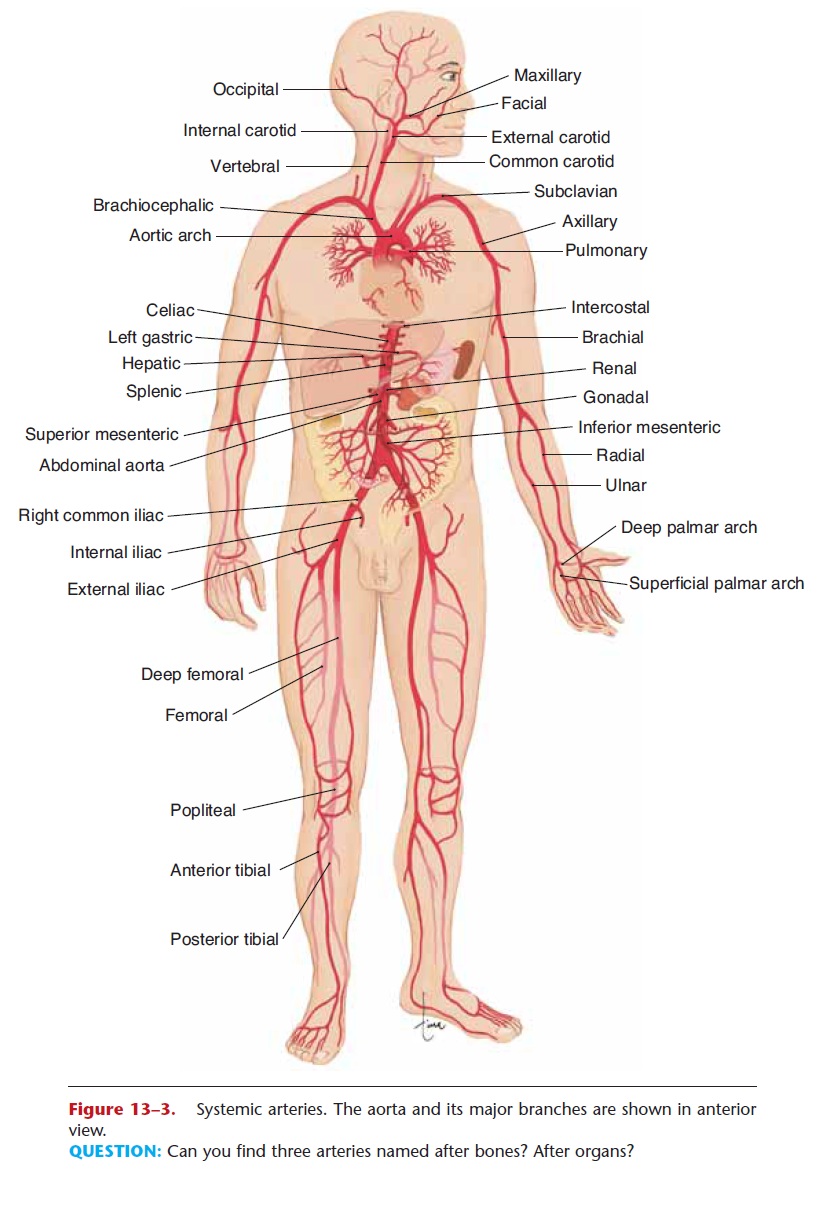

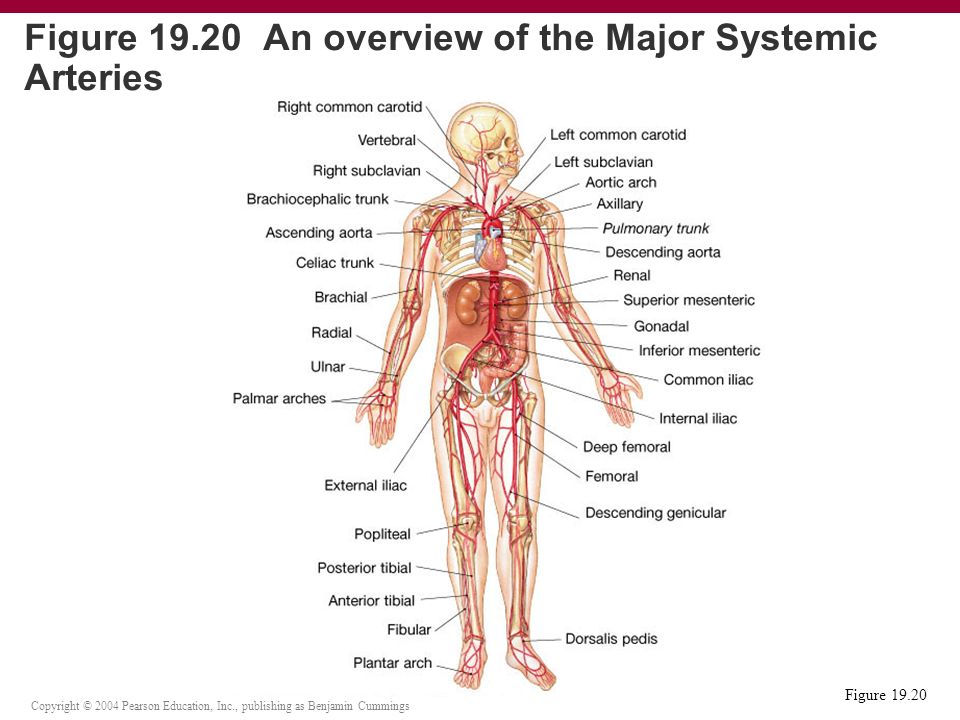




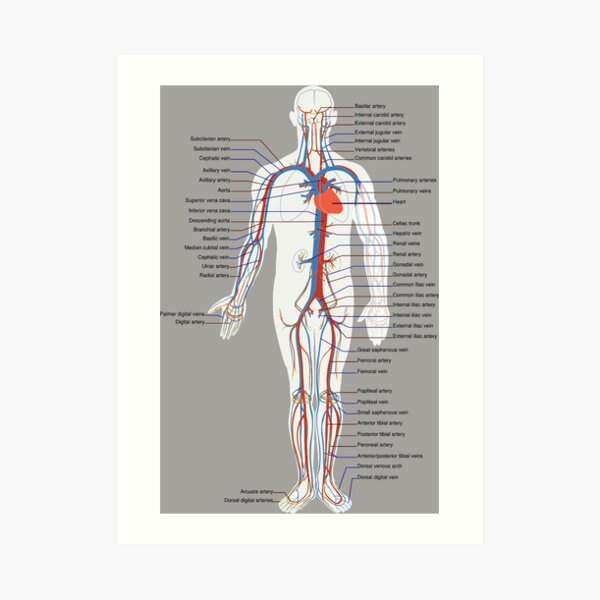
:watermark(/images/watermark_5000_10percent.png,0,0,0):watermark(/images/logo_url.png,-10,-10,0):format(jpeg)/images/overview_image/1794/jtrAVWh3WBcuKHMfbfVjhw_nerves-and-vessels-abdominal-wall_english.jpg)



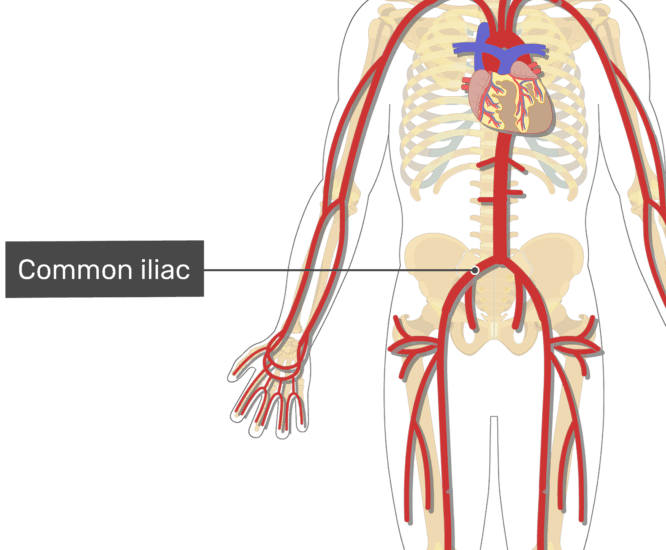


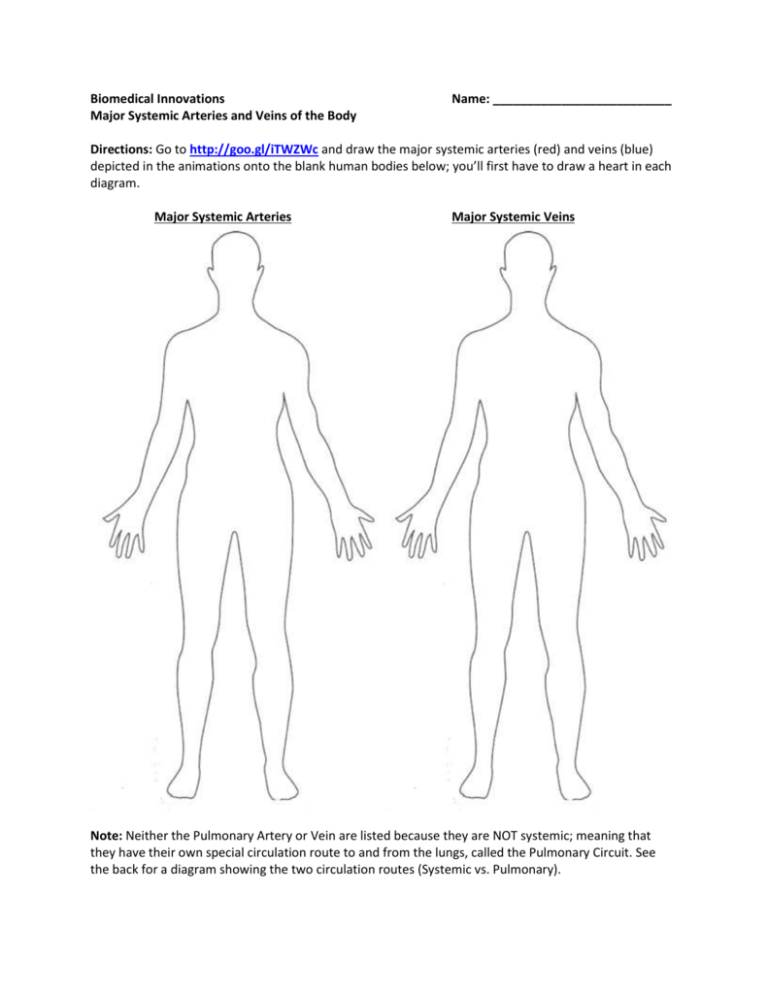
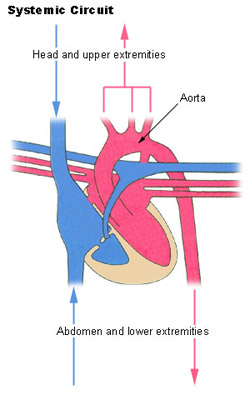

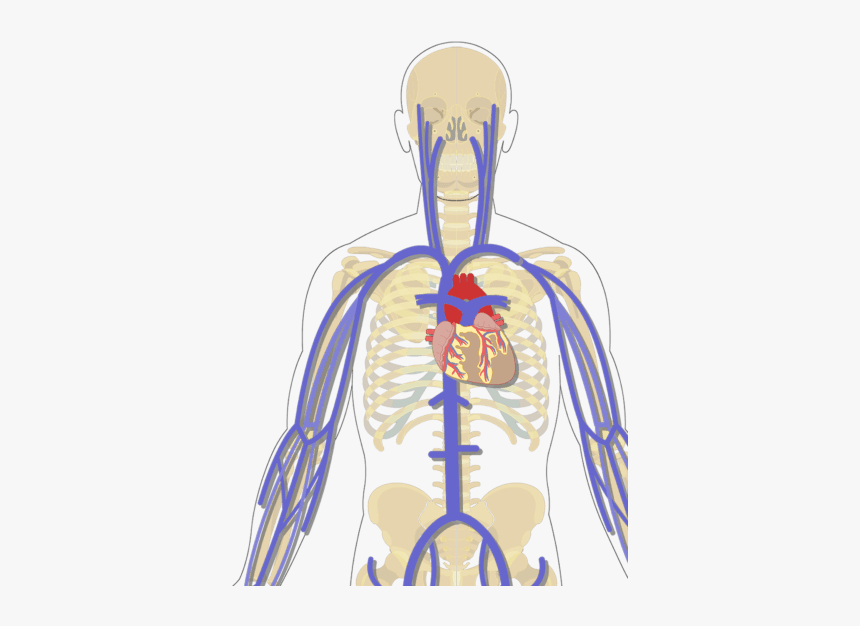


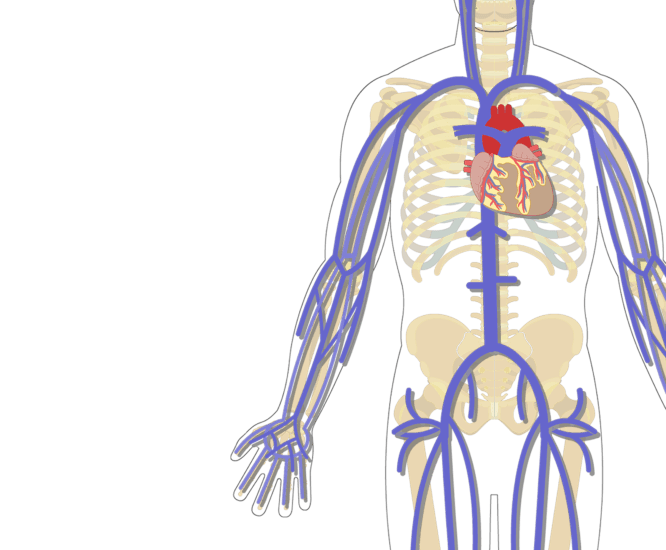




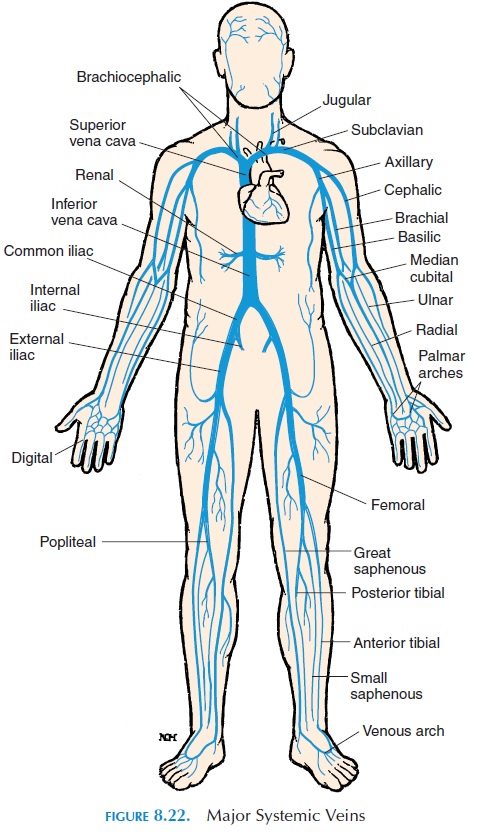
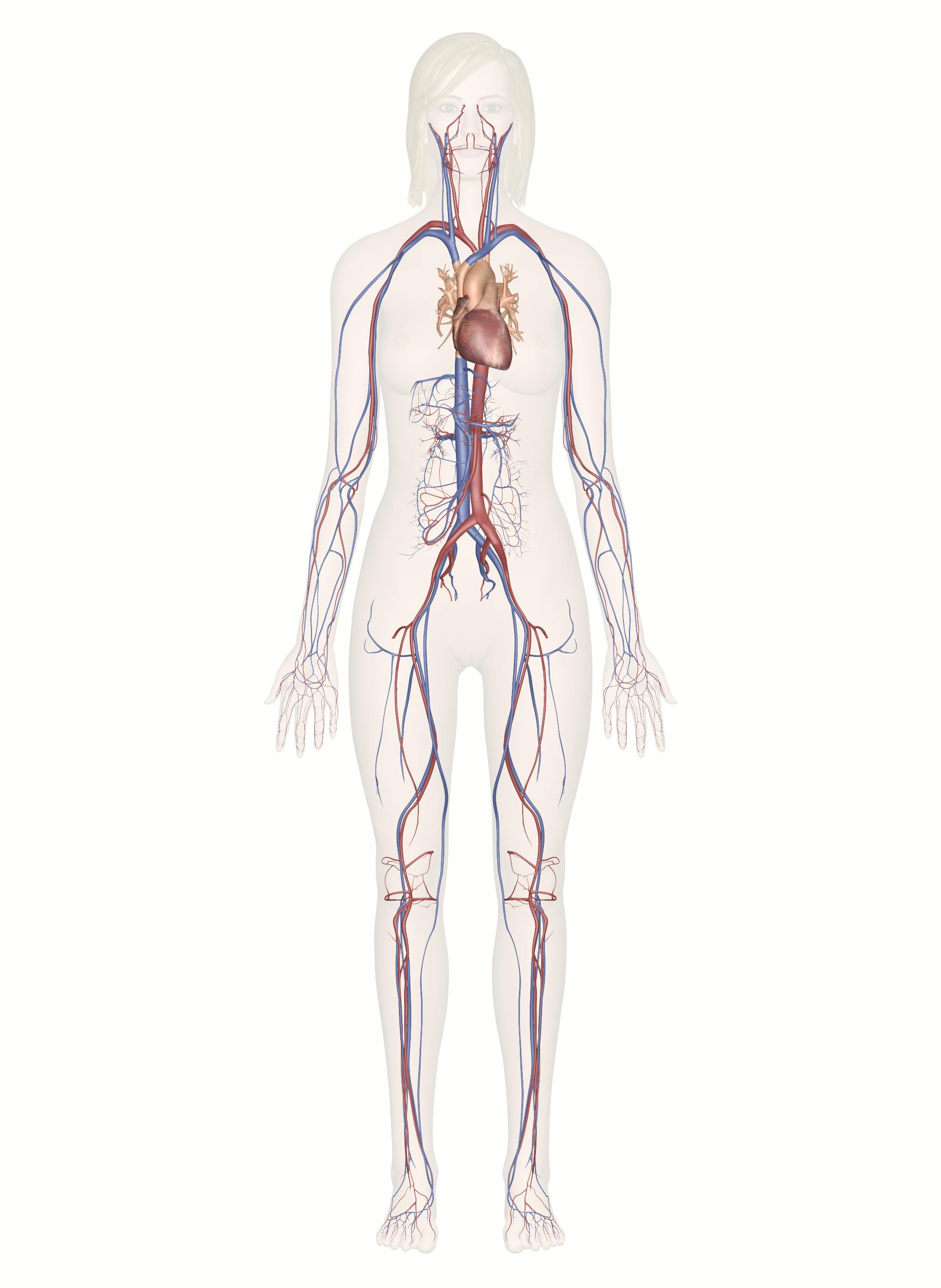
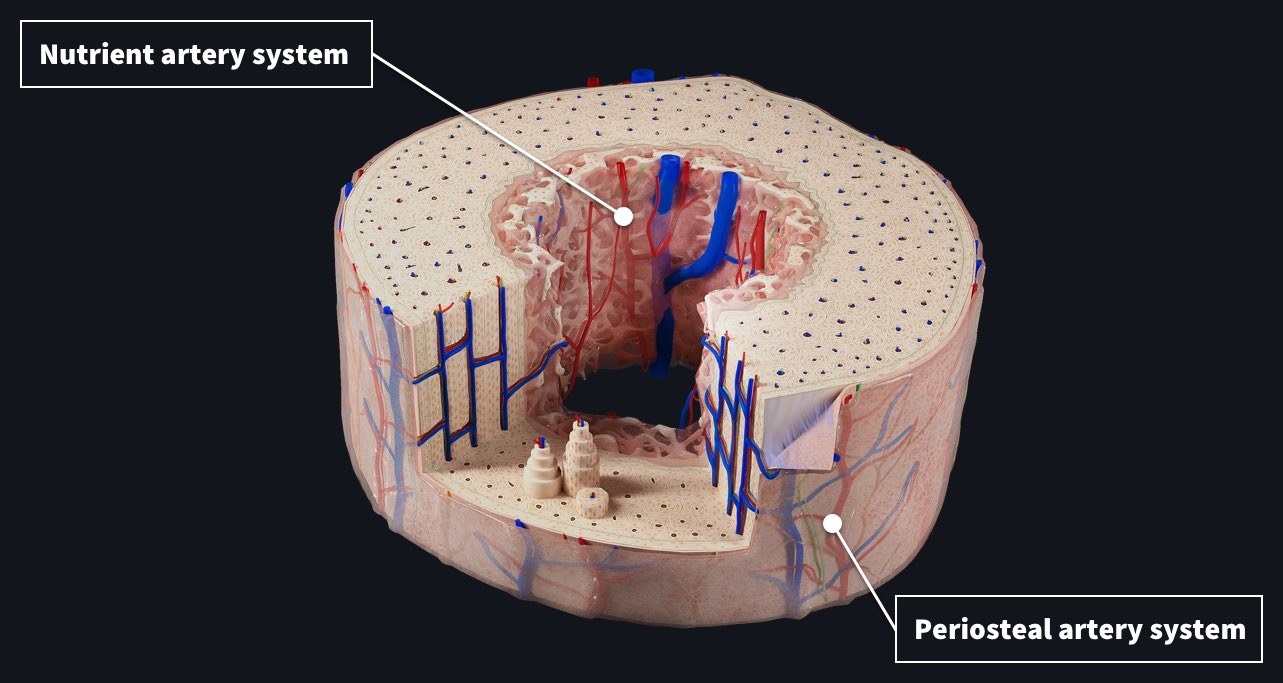
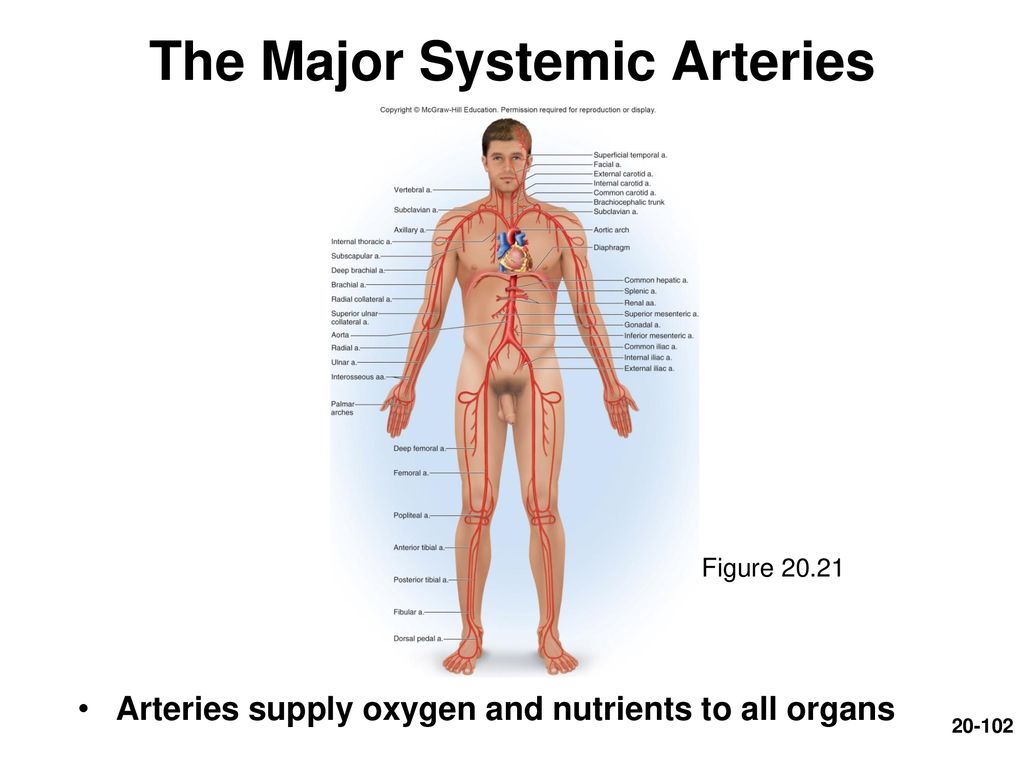
Komentar
Posting Komentar